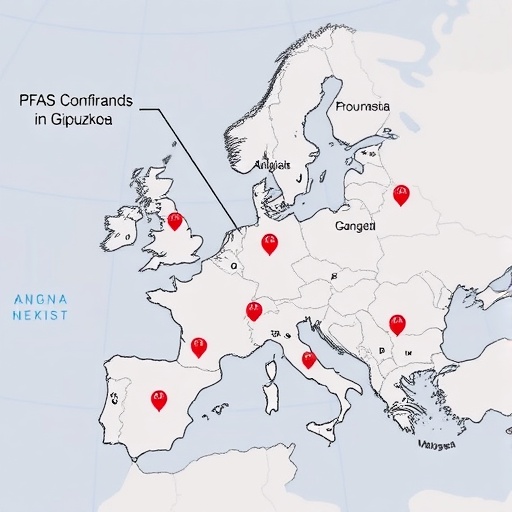Africanized honeybees, commonly known as "killer bees," are much more aggressive than their European counterparts. Now researchers have examined neuropeptide changes that take place in Africanized honeybees' brains during aggressive behavior. The researchers, who report their results in the Journal of Proteome Research, also showed they could turn gentle bees into angry ones by injecting them with certain peptides.
In the 1950s, researchers in Brazil bred Africanized honeybees by crossing European and African bees. In 1957, swarms of the bees were accidentally released, and they have been buzzing their way across the Americas ever since. Scientists currently don't understand what makes these bees so aggressive, but the behavior appears to involve a complex network of genetic and environmental factors, regulated by neuropeptides. So Mario Sergio Palma and his colleagues wanted to examine neuropeptide differences between the brains of bees displaying aggressive and non-aggressive behavior.
The researchers stimulated Africanized honeybees to attack by hanging spherical, black leather targets in front of their colonies. Angry guard bees quickly attacked the targets, becoming embedded in the leather by their stingers. Meanwhile, gentler bees kept their distance. The researchers collected both groups of bees and analyzed their brains by mass spectral imaging. In the brains of aggressive bees, two longer neuropeptides were cleaved into shorter ones, but this did not happen in the gentler bees. The researchers then injected the shorter peptides into anesthetized, non-aggressive bees, which became combative upon waking. The study provides new insights into the neurological basis for aggressive honeybee behavior, the researchers say.
###
The authors acknowledge funding from the São Paulo Research Foundation and the Brazilian National Council for Scientific and Technological Development.
The abstract that accompanies this study is available here.
The American Chemical Society, the world's largest scientific society, is a not-for-profit organization chartered by the U.S. Congress. ACS is global leader in providing access to chemistry-related information and research through its multiple databases, peer-reviewed journals and scientific conferences. ACS does not conduct research, but publishes and publicizes peer-reviewed scientific studies. Its main offices are in Washington, D.C., and Columbus, Ohio.
To automatically receive news releases from the American Chemical Society, contact [email protected].
Follow us on Twitter | Facebook
Media Contact
Katie Cottingham
[email protected]
301-775-8455
@ACSpressroom
http://www.acs.org




